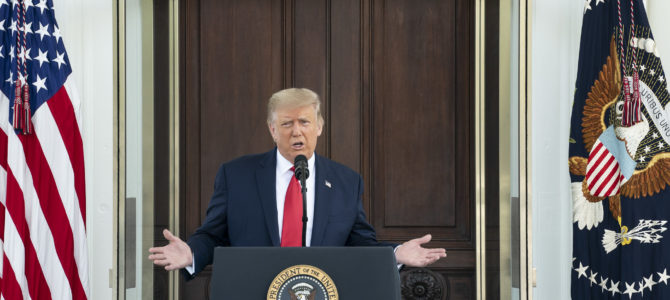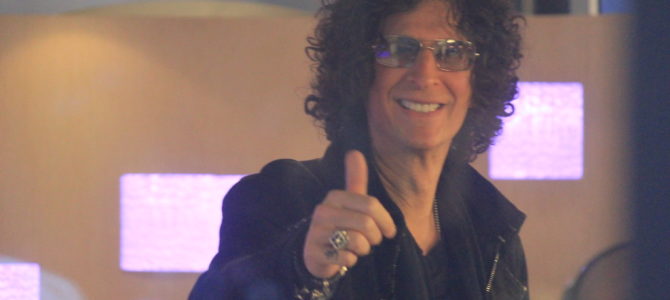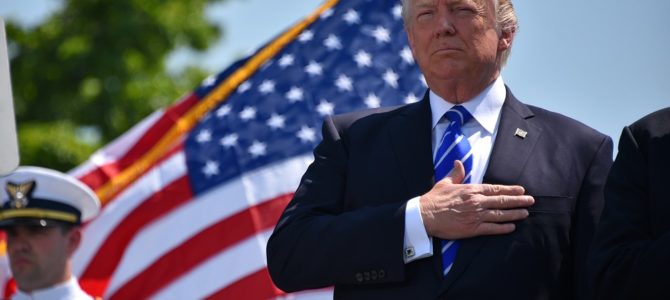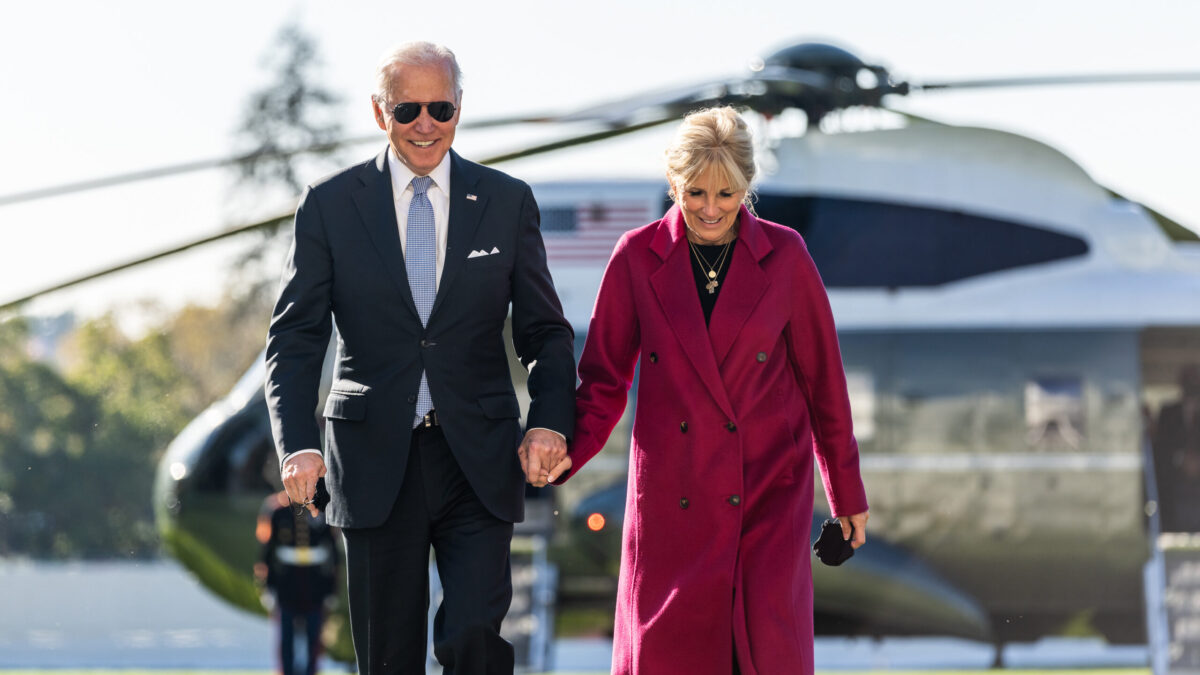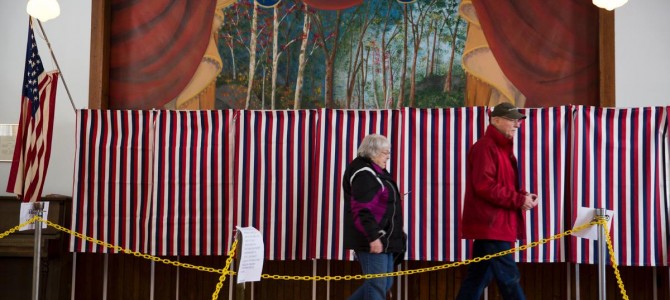
Although there is still some intrigue left in the primary contests — especially on the Republican side — the focus is beginning to shift to each party’s prospects in November. The biggest question is whether Donald Trump, the frontrunner for the GOP nomination, can win a general election contest against Hillary Clinton.
Commentary’s John Podhoretz and RedState’s Dan McLaughlin prognosticate a colossal electoral catastrophe if Trump is the Republican nominee. But are Trump’s electability prospects really that low?
Before investigating electability, we need to clear up a few things. Although it is sometimes treated as a static political attribute — a property with little or no variation across different electoral contests — electability is actually more of a fluid concept than it first appears. In fact, each presidential cycle should see a reset of what we take electability to be. Not in a wholesale, forget-everything-you-think-you-know sort of way, but in a way that is sensitive to changes in the electorate.
The 2016 contests have thus far demonstrated why it is vital to make adjustments based on the particularities of the current year’s race. There is no sense applying the old assumptions of electability — that is, electability as traditionally construed — to a sui generis candidate such as Trump. Last September, The New York Times’ Nate Cohn argued that “no candidate remotely like [Trump] has ever come close to winning a presidential nomination.” Yet here we all are.
Induction is indeed a powerful mechanism, although we don’t need to be David Hume scholars to recognize that the present is not guaranteed to be like the past. At the start of the race it seemed Jeb Bush was the electable one, but it turned out this was true only if we limit the voting field to Republican mega donors.
If Voters Turn Out Early, They Turn Out Late
One theory for better understanding electability is to consider voter participation numbers, i.e. turnout. The idea is that turnout levels in the primaries can be a strong indicator of turnout levels in the general election. The reasoning here is simple: great enthusiasm during the party nomination process should naturally carry over into November.
When we look at the data, what do they tell us? The 2008 primaries saw Democrats come out in droves, far exceeding their turnout during the previous two primaries but also exceeding this year’s totals thus far. Here is a comparison of the turnout data from four early states during that time period.
When we look at Republican turnout, this year’s numbers are shattering previous ones.
In 2008, the Democrats followed strong turnout levels during the primaries with superb turnout in the general. Republicans are wondering if this year they should expect the same. If Trump is the nominee, will the enthusiasm shown so far translate into a large turnout this fall?
But Not Always
In an article written during the 2012 primary season, Real Clear Politics analyst Sean Trende argues that enthusiasm during the primaries doesn’t necessarily correlate with enthusiasm during the general. In 1988, George H. W. Bush annihilated Michael Dukakis, winning 40 states and cruising to a 426-to-111 Electoral College victory, despite the fact that the 1988 Democratic primaries saw record-breaking turnout levels. To this day, only the 2008 primaries turned out more people.
Why such a discrepancy? If the Democratic primaries in 1988 generated so much interest, how did all that enthusiasm disappear mere months later? The answer is that the 1988 Democratic contests featured a multiplicity of candidates, each enjoying non-negligible support: in addition to Dukakis, Jesse Jackson, Al Gore, Dick Gephardt, and Paul Simon also generated lots of interest. Trende concludes that “participation in presidential primaries is driven by close contests with multiple candidates vying for the vote.”
If Trende’s analysis is correct, then a graphic like the following, while impressive-looking, is not necessarily predictive of turnout levels for November.

In fact there is even more reason to doubt that current turnout levels serve as a harbinger for a Trumpian November. In their study for the American Enterprise Institute, Jonathan S. Hartley and Kevin A. Hassett measure electability based on the behavior of betting markets. They look at how much (or how little) a candidate’s general election prospects increase as a result of an increase in his prospects for his party’s nomination.
Let’s run through an example: A candidate who experiences a 2 percent bump to his general election prospects after receiving a ten percentage point boost to his chances for the nomination is not as electable as a candidate who gets a six-point bump to his general election prospects after a ten-point boost to his primary odds. Hartley and Hassett find that, among the 2016 field, Trump is the second-least-electable candidate, behind only Rand Paul.
General Election Voters Prefer Hillary to Trump
The way McLaughlin measures Trump’s general election prospects is also instructive. He looks at various kinds of polling data: head-to-head national polls, head-to-head state polls, and favorability polls. McLaughlin’s approach helps to bring into focus a factor highly important for electability estimates: the political viability of the rival candidate.
When we look at the Clinton versus Trump numbers, whether at the national level or for individual states, we see how voters feel about both candidates. Head-to-head polling forces respondents to make determinations — albeit early ones — not just about Trump’s intrinsic political qualities but also about Clinton’s.
Considered in abstraction, Trump’s status as the consummate deal-maker resonates strongly with an important segment of the population. In a battle with Sanders, voters who prioritize this trait would find themselves in Trump’s corner. But against Clinton, a subset of that group might prefer Clinton’s experience as secretary of State to Trump’s experience making deals in the corporate world.
Assume for the moment that some of these voters have a high opinion of the nuclear agreement with Iran. Clinton played a formative role in the talks that led to the eventual arrangement. A plausible conclusion to reach is that whereas Trump would have this demographic — those who prioritize deal-making — locked up in a fight with Sanders, Clinton could do better than Sanders at eating up some of this vote. Head-to-head polling factors in the particularities of what each candidate brings (or doesn’t bring) to the table in a hypothetical matchup.
What do we find when we consider the head-to-head polling? McLaughlin says: “Trump…is flat-out lying when he claims to lead Hillary in every poll – out of 45 [head-to-head] polls in RCP’s database, Trump leads Hillary in only 5, is tied in 2 others, and trails in 38 of them…. [And] the evidence we have from the state-level polling is consistent with the national polling…. Trump would enter multiple battleground states polling below 40%, consistent with his massive unfavorables.”
McLaughlin alludes to favorability ratings, a highly important consideration given that there is a way to see head-to-head polling as a function of each candidate’s favorables. Trump currently has a 33 to 62 favorable/unfavorable score, according to HuffPost Pollster, which is so low it’s subterranean. For her part, Clinton has a 42 to 54 rating, also quite low.
If Trump were running against President Obama, he would be facing a much tougher battle in this regard, since Obama’s favorables are currently 46 to 47. But since Clinton has high unfavorables, it doesn’t nullify (though it certainly reduces) the liability that Trump’s own low numbers represent for his chances.
But the flip side is true, too: Despite the “we’re talking him very seriously” assurances from the Clinton side, Hillary is hoping and praying that the Republicans nominate Trump. No other candidate in the field can match — let alone eclipse — Clinton’s abiding unpopularity like Trump can. In fact, the Washington Post’s Philip Bump found that Trump’s unfavorables are the highest of any candidate in the past 25 years.
Trump’s Unfavorables Aren’t Just Due to His Visibility
Now, Trump is a well-known entity — perhaps that’s what explains his low numbers. Although Marco Rubio is no longer in the race, could it be that his comparatively astronomical favorables while he was in were a product of the fact that he is not a nationally known figure in the vein of someone like Trump?
Perhaps, the thinking goes, had Rubio advanced and faced off against Clinton, the Democratic spin machine would have gone to work on him to such effect that the broader electorate would’ve had ready access to information about him that is far harder-hitting than what is out there now. Had this happened, the argument holds, his favorables would have dropped.
The problem with this argument is it doesn’t take into account that other political figures as well-known as Trump do not have Trump’s basement-level unfavorables. The above argument also overstates the efficacy of cross-party anti-messaging.
Here’s an example: For the entirety of 2008, Obama hovered around 60 percent favorability, a remarkable statistic given that during that time span he faced intense intra-party opposition from Hillary Clinton during the primary fight but also cross-party opposition from the Republicans during the general. Candidates with strong likability numbers do not drop to Trump’s low levels due to opposition research or attack ads; they drop to Trump-like levels only if they’re as unfathomably disagreeable as Trump is.
Donald Trump’s Dismal Electability Prospects
Although favorability polls remain an important barometer of electability, it’s important to note that the factors considered above purport merely to measure electability — they do not try to define it. But of course there is a big difference between tracking electability and investigating what goes into it. To define it we need to determine what factors tend to amount to electoral success. Here are some categories and relevant questions that together form much of what we take electability to be.
Personality/Temperament: Does Trump have personality traits that lend themselves to easy characterization as incompatible with the presidency? Can he be effectively caricatured as temperamentally unsuited for the demands of the office?
Character/Past Behavior: Does he have the kind of baggage that would turn people off from voting for him? If he has a past full of bad behavior, is his history nevertheless “spinnable,” i.e., capable of being answered with an effective counter narrative? Will voters be able to believe he is no longer who he once was?
Political Appeal: Obama crushed John McCain and Romney by several million votes — can Trump expand the Republican Party into erasing this general election deficit? Can Trump generate more support from Hispanics, African-Americans, moderates, and Independents than McCain and Romney got? Can Trump win crucial swing-state voters? If we assume Obama-level turnout for Clinton, will Trump be capable of winning over the swing voters who place a premium on policy specifics and who are horrified by “extreme” candidates?
Messaging: Will Trump be able to stay relatively gaffe-free? His outrageous statements seemed to have helped, not hurt, his position in the primaries — but with the expansion of the electorate during the general, will he be able to pivot to a more measured posture with respect to messaging? Will he be knocked off message by the deluge of opposition research that Democrats will inevitably dump on him? Will he have a vision capable not only of inspiring voters but capable of inspiring donors to give his campaign what he needs to be competitive?
I’m afraid that to ask these questions is to answer them. Of course Trump will not be able to unify the party. You have to go back to Barry Goldwater to find a candidate more internally combustible than Trump. The #NeverTrump hashtag is not circumscribed to the conservative grassroots: actual, sitting politicians have embraced it.
There is no chance Trump will expand the electorate to compete with Clinton, even given the latter’s abysmal integrity ratings. At one point it was an open question as to whether Clinton could electrify the base enough to retain the Obama coalition. The answer as to how she will do it is now clear: Trump will ensure the Democrats get out the vote.


